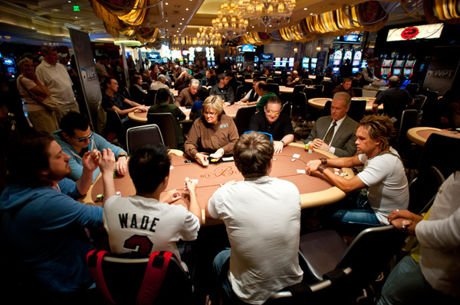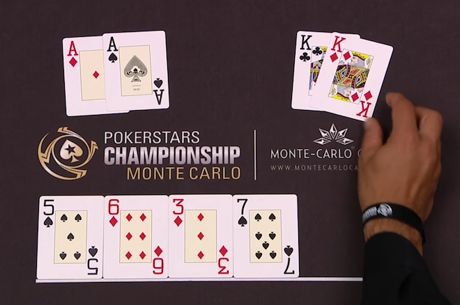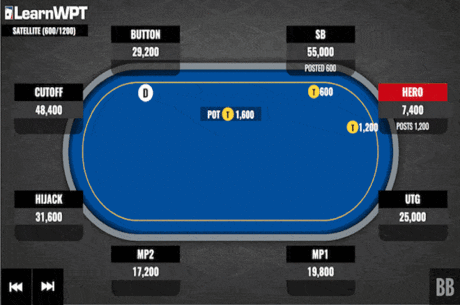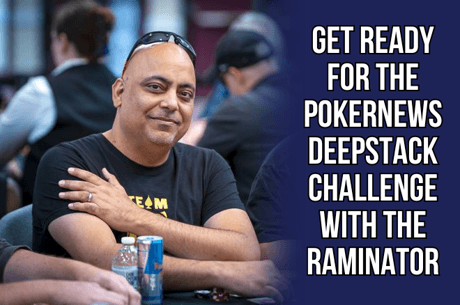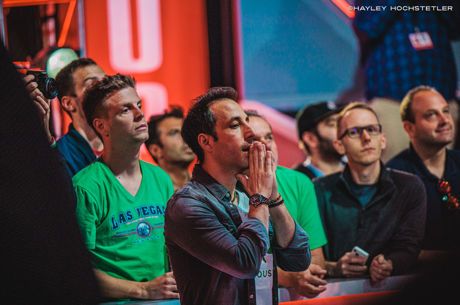Jonathan Little Decides to Slow Play a Set in a Three-Bet Pot

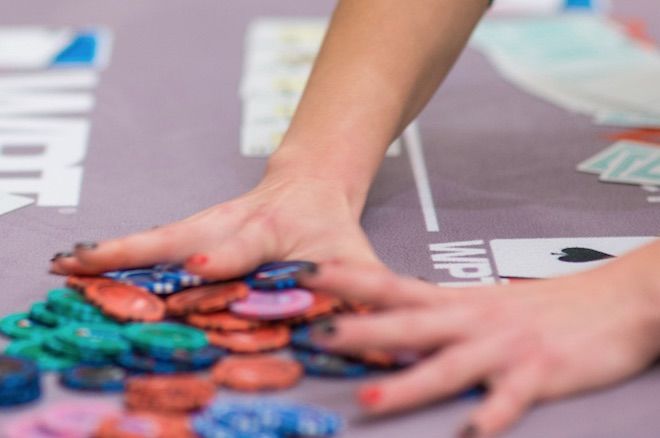
We return to the same $3,500 buy-in World Poker Tour event from last week. With it still early in the tournament, today's hand involves flopping a set and then looking for the best way to extract value.
The blinds were 200/400 with a 50 ante, and with almost 67,000 in my stack I was dealt 7♦7♣ on the button. It folded to me and I raised to 1,000. A tight-aggressive player in the small blind with about 55,000 to begin then elected to three-bet to 2,600.
As I talk about in the video, that size for a reraise is too small. He only requires me to add another 1,600 to call (giving me great pot odds), which I did after the big blind folded.
The flop came K♠8♦7♠ to give me a set of sevens, and my opponent led for 3,100 or just over half the pot. Should I raise for value (and for protection)? Should I just call?
I decided to call despite it being a draw-heavy flop. Even though there are a lot of draws available, the small blind's range probably doesn't contain many of them. It is important to keep your opponent in with a wide range when it is likely he is way behind.
My opponent then checked the turn and river, and I bet both streets — first somewhat small, then on the river very big (more than the pot). Watch what happens and hear my thinking regarding those bet sizes.
Would you usually call or raise on the flop? How would you play the turn and river?
Jonathan Little is a professional poker player and author with over $6,300,000 in live tournament earnings. He writes a weekly educational blog and hosts a podcast at JonathanLittlePoker.com. You can follow him on Twitter @JonathanLittle.

